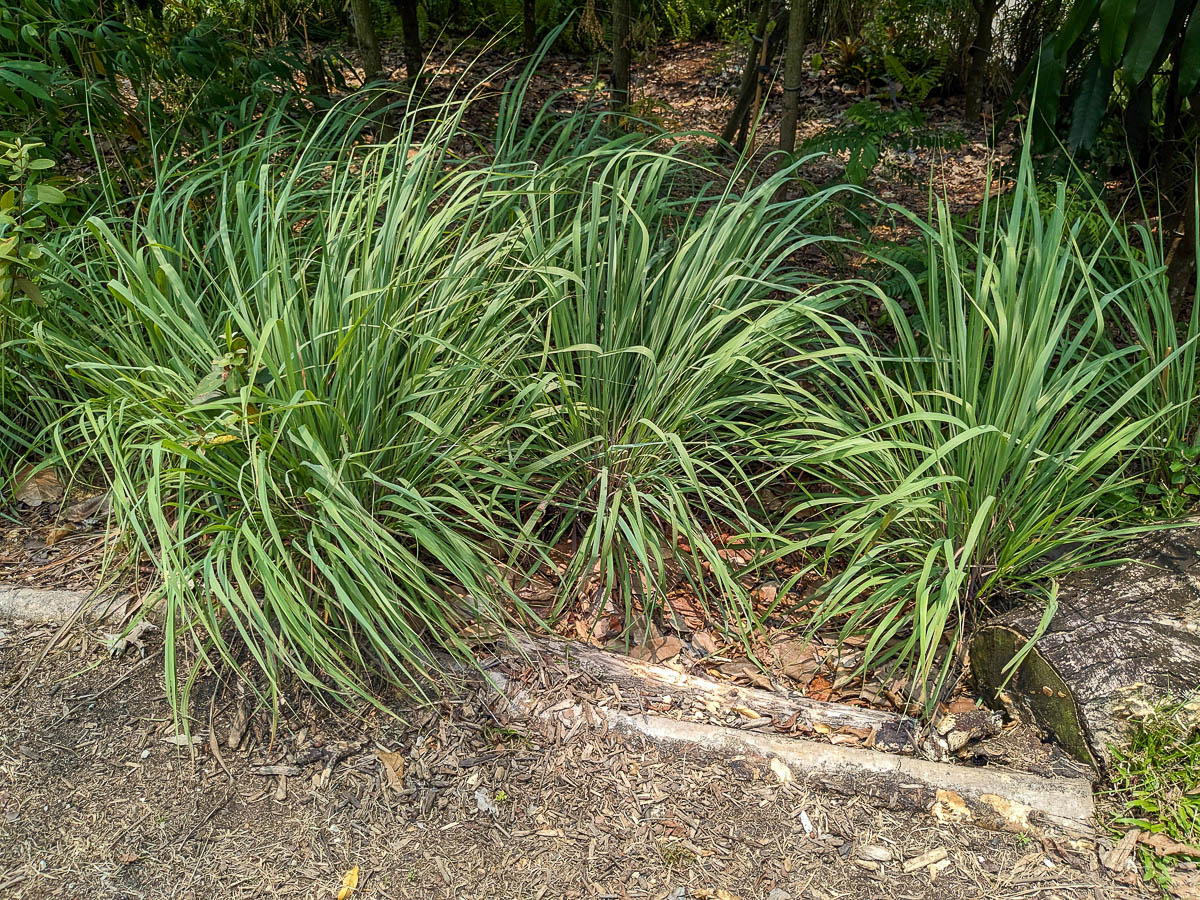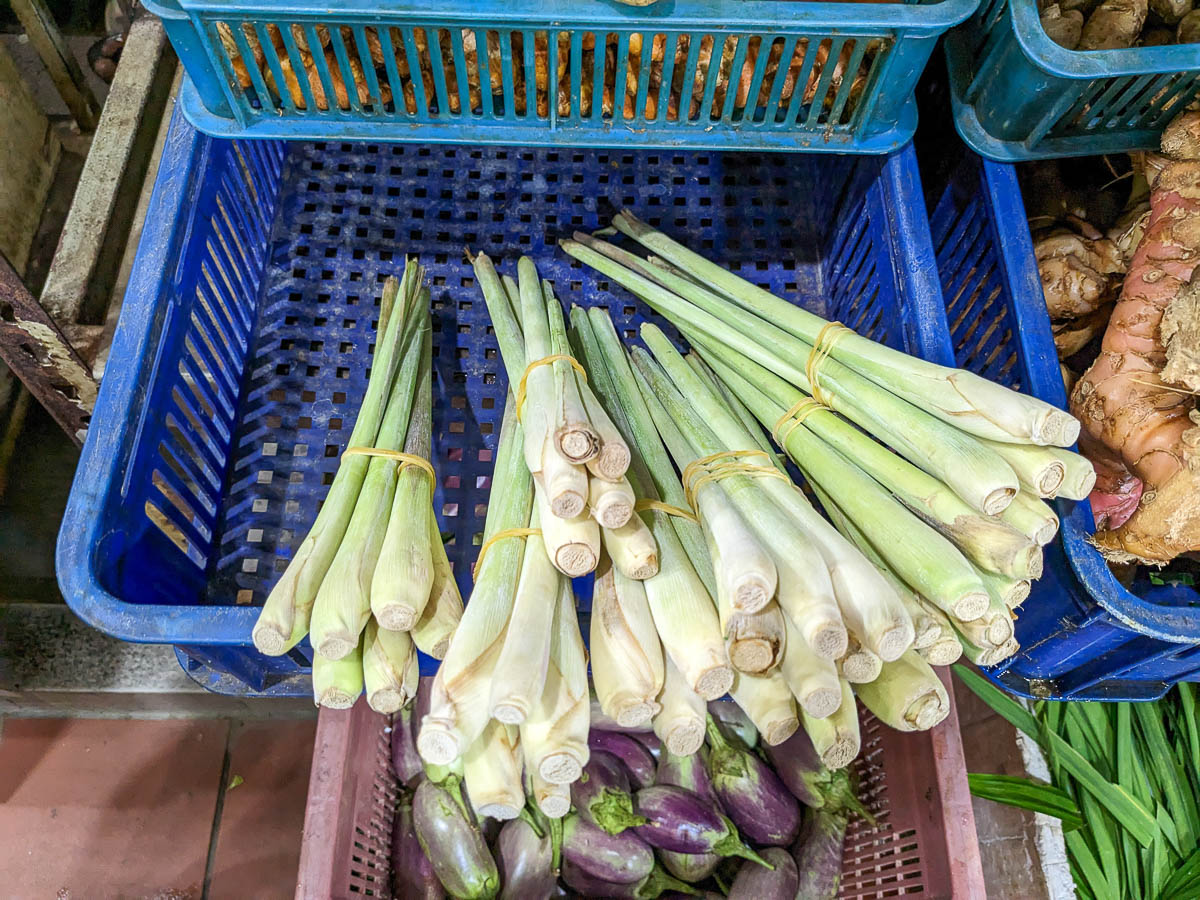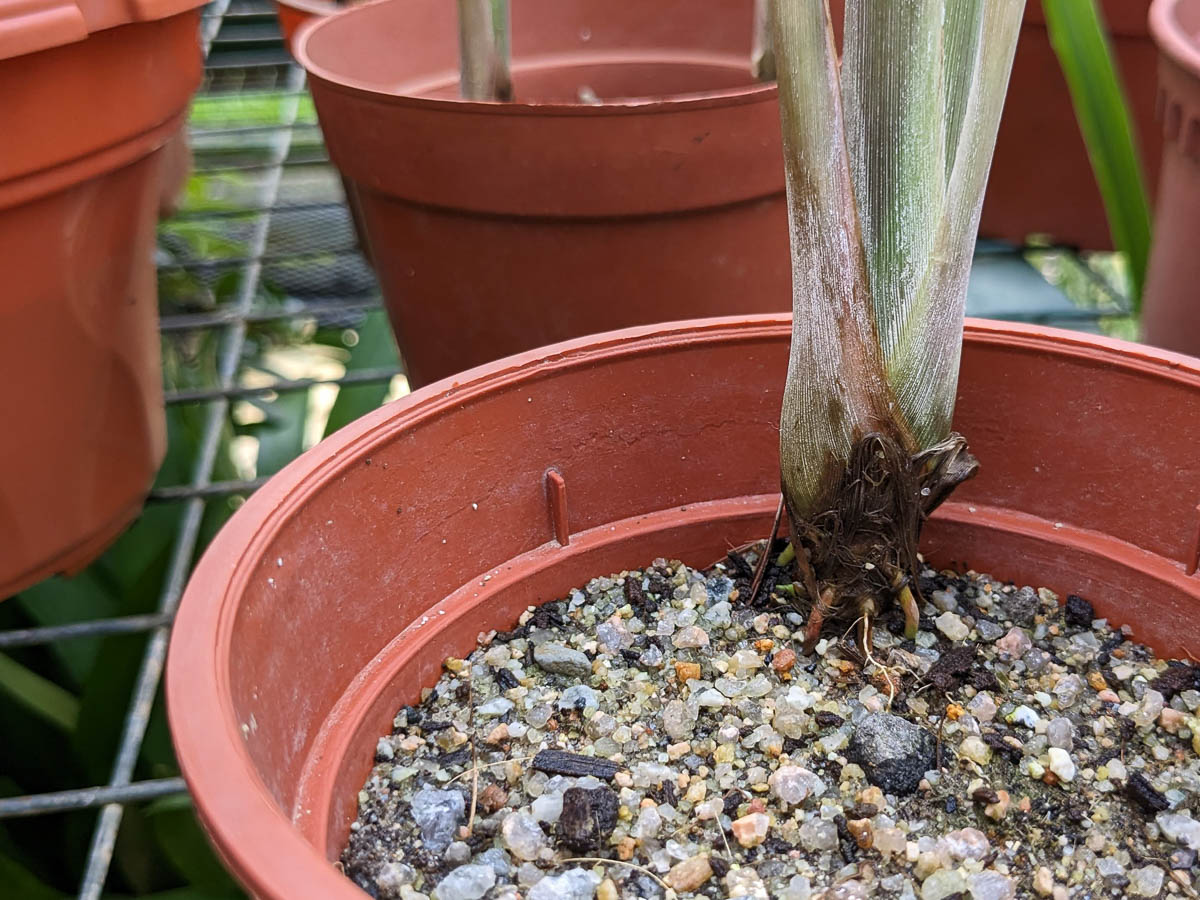Lemongrass
Lemongrass (Cymbopogon citratus)
Other common names: Serai, West Indian Lemon Grass, Oil Grass, Fever Grass, Serai Makan, Sereh Makan, Lemongrass, 柠檬草, 柠檬香茅, 香茅草

Lemongrass is a large aromatic herb that grows in a grass-like clump. Oil is extracted from the stem to flavour drinks, desserts, and soups. The oils are also used as a scent for perfumes, candles, and aromatherapy products.
Lemongrass is a perennial crop that is drought-tolerant readily grows in most gardens with full sunlight. Due to its large size and rapid growth, it is recommended to plant it in true ground.
Sun and soil needs:

Lemongrass flourishes in 6-8 hours of direct sunlight.
Plants do best in pots with sandy soil at least 15cm deep, but the diameter of the pot will greatly limit the growth of offshoots making true ground planting more practical. Take note that Lemongrass can grow up to 1.2m tall, and that larger pots of at least 20cm width will be needed for the plant to grow offshoots.
These plants are vulnerable to root rot, so ensure that your pots drain well, and that your soil has plenty of inorganic soil amendments to let the roots breathe.
Growing:
Lemongrass plants grow rapidly, especially with regular harvesting. They are particularly fast growers during the dry season. If planted in true ground near other plants, Lemongrass can smother its neighbours if it is not cut back regularly.
Harvesting:

Plants can be harvested for stems and leaves at any time. Stems can be harvested by being cut at the base of the plant, or by twisting and pulling.
Leaves can be cut at any time for use as mulch.
Take note that the leaves have sharp edges and may cause skin irritation and cuts. Use arm sleeves and gloves when maintaining Lemongrass plants for safety.
Propagation:

Lemongrass is typically propagated by division.
Common problems & solutions:
Like most strong-smelling herbs, this plant is relatively resistant to pests and disease if kept healthy.
Mealy Bugs can infest the plant if it is suffering from other problems like waterlogging. Mechanical pest control methods like pruning the infested parts are the best methods for managing these pests.

